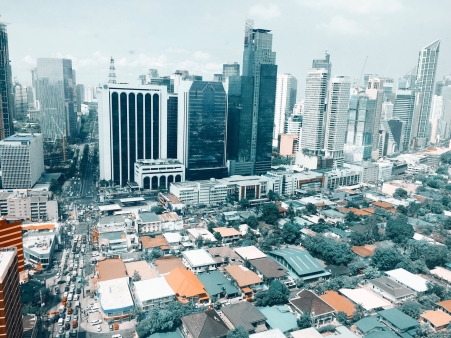
Philippine banks have solid defences against COVID-led risks: analysis
The resilience of large corporates is key to quelling credit losses.
Philippine banks have adequate capital position and provisioning for non-performing loans (NPLs) to rely on to manage heightened risks brought about by the pandemic, according to a S&P country assessment report.
The sector’s asset quality will likely decay as the economy is expected to shrink 0.2% this year due to supply and demand shocks. However, the resilience of large corporates is vital in subduing credit losses as they will be able to roll with the punches due to their strong business positions, diverse revenue, and robust liquidity buffers, said analyst Nikita Anand.
In addition, high stable customer deposits will anchor banks' funding profiles. Well-established domestic franchises will help them maintain a diversified customer deposit profile, and the country's banking regulations are broadly in line with international standards and the industry's risk appetite is generally restrained, the report said.
On the other hand, MSMEs will contribute to higher NPLs in the next quarters, but support measures should cut the risk of defaults. Rural and thrift banks can depend on the forbearance provided by the central bank, but it will only delay the recognition of unsound loans to borrowers who cannot recover their economic strength once the moratoriums end.
Economic and industry risk trends in the Philippines are stable, S&P said, as the banking system is still sound and should be able to manage the risks, owing to the capital and provisioning buffers built in the past. Major banks have set aside higher provisions in Q1 as a measure to tackle potential NPLs in coming quarters, the report concluded.
Photo courtesy of Pexels.com.






















 Advertise
Advertise








